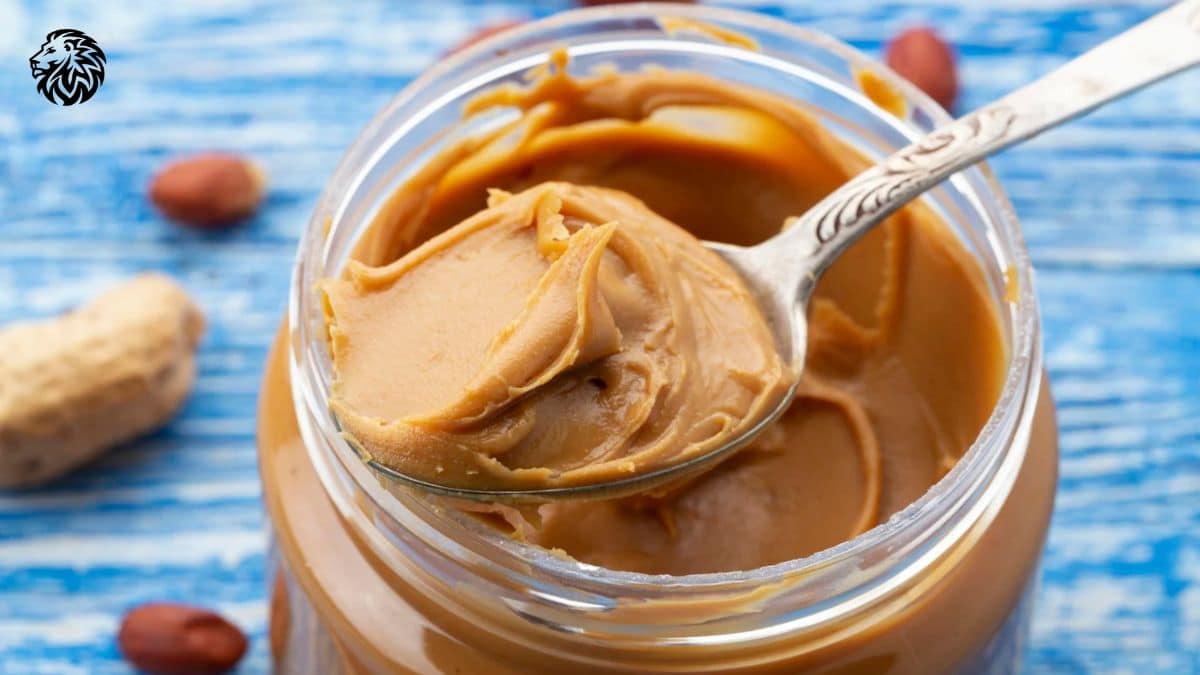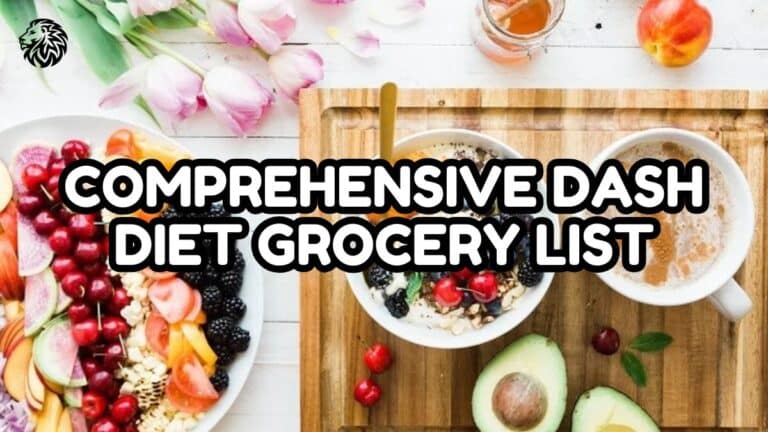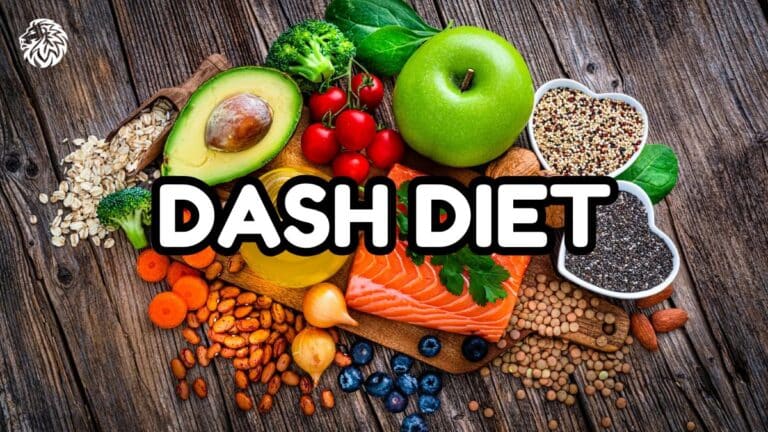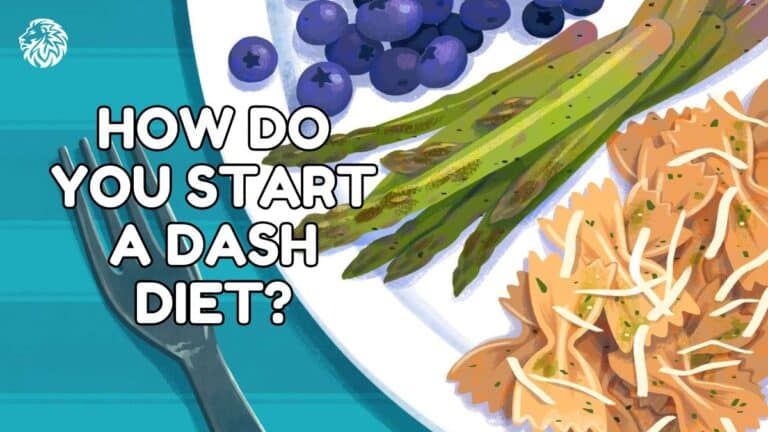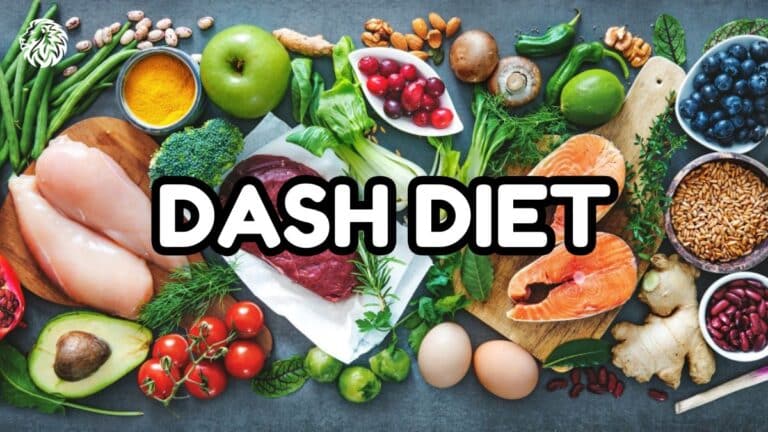The DASH diet, or Dietary Approaches to Stop Hypertension, is known for its ability to reduce blood pressure, improve heart health, and promote overall wellness. It emphasizes fruits, vegetables, whole grains, lean proteins, and low-fat dairy. But what about peanut butter? Is this popular spread allowed on the DASH diet, and if so, how does it fit in with the overall goals of the plan? Let’s dive into the details and explore how peanut butter can play a role in this heart-healthy diet.
Understanding the DASH Diet
Before we get into peanut butter specifically, it’s important to understand the core principles of the DASH diet. The DASH diet is designed to lower sodium intake and encourage the consumption of nutrient-rich foods. It’s built on a foundation of whole foods that are high in potassium, calcium, magnesium, and fiber, all of which help regulate blood pressure.
Here are the key components of the DASH diet:
- Fruits and Vegetables: The DASH diet encourages at least four to five servings of fruits and vegetables per day. These foods are high in potassium and fiber, both of which help manage blood pressure.
- Whole Grains: Whole grains, such as brown rice, oats, and whole wheat bread, are rich in fiber and nutrients. The DASH diet recommends six to eight servings per day.
- Lean Proteins: Protein sources like chicken, fish, and legumes are important for building and repairing body tissues while keeping sodium intake low.
- Low-Fat Dairy: Dairy products such as milk, yogurt, and cheese are encouraged in moderation, as they provide calcium and other essential nutrients.
- Nuts and Seeds: The diet includes nuts, seeds, and legumes several times a week as good sources of healthy fats, protein, and fiber.
The DASH diet is flexible and doesn’t restrict any specific food group entirely, but it does emphasize balance and portion control. With that framework in mind, let’s take a closer look at peanut butter.
Peanut Butter’s Nutritional Profile
Peanut butter is made from ground peanuts and typically contains healthy fats, protein, and various vitamins and minerals. Here’s a basic breakdown of the nutrients in a standard 2-tablespoon serving of peanut butter:
- Calories: 188
- Fat: 16 grams (primarily heart-healthy monounsaturated and polyunsaturated fats)
- Protein: 8 grams
- Carbohydrates: 7 grams
- Fiber: 2 grams
- Sodium: Approximately 150-200 mg, depending on the brand
Peanut butter is an excellent source of protein, healthy fats, and fiber, which can help you feel full and satisfied. It’s also rich in magnesium, which supports heart health, and vitamin E, an antioxidant that protects your cells from damage.
Is Peanut Butter Allowed on the DASH Diet?
Yes, peanut butter is allowed on the DASH diet, but with some considerations. Since the DASH diet emphasizes healthy fats, peanut butter can fit into the plan as a source of heart-healthy fats and protein. However, there are a few key points to keep in mind when incorporating peanut butter into your diet:
1. Watch the Sodium Content
One of the main goals of the DASH diet is to reduce sodium intake, especially if you’re trying to manage high blood pressure. Many commercially available peanut butter brands contain added salt, which increases their sodium content. When selecting peanut butter, look for unsalted or low-sodium options to stay within your daily sodium limits. The DASH diet generally recommends limiting sodium to 2,300 mg per day or 1,500 mg per day for those who need stricter control.
2. Choose Natural Peanut Butter
Some peanut butter products contain added sugars, hydrogenated oils, and other unhealthy ingredients that don’t align with the DASH diet’s focus on whole, minimally processed foods. To ensure you’re getting the healthiest option, choose natural peanut butter made with just peanuts or peanuts and a small amount of salt. Natural peanut butter doesn’t contain trans fats or unnecessary additives, making it a better fit for the DASH diet.
3. Practice Portion Control
While peanut butter is a nutritious food, it is also calorie-dense. A standard 2-tablespoon serving contains nearly 200 calories, which can add up quickly if you’re not mindful of portion sizes. To prevent overconsumption, measure out your peanut butter servings and pair them with nutrient-rich foods, such as fruits, whole grain toast, or vegetables, to create a balanced meal or snack.
4. Mind the Fat Content
Although the fats in peanut butter are primarily heart-healthy unsaturated fats, the DASH diet encourages moderation in all things, including fat intake. Incorporating peanut butter into your diet should be balanced with other fat sources, such as avocados, nuts, seeds, and olive oil, to ensure a well-rounded intake of healthy fats.
How to Incorporate Peanut Butter into Your DASH Diet
Now that we’ve established that peanut butter can be part of the DASH diet, let’s explore some healthy and delicious ways to include it in your daily meals.
1. Peanut Butter and Fruit
Pair peanut butter with fresh fruit like apples, bananas, or berries for a satisfying snack. This combination provides a good mix of healthy fats, fiber, and vitamins, while keeping your sodium intake low.
2. Whole Grain Toast with Peanut Butter
Spread peanut butter on whole grain toast for a quick and easy breakfast or snack. Whole grains are rich in fiber, which complements the protein and fat in peanut butter, helping to keep you full for longer.
3. Smoothies
Add a spoonful of peanut butter to your smoothies for a creamy texture and a boost of protein. Combine it with fruits like bananas, berries, or spinach, along with a low-fat dairy or plant-based milk, for a nutrient-packed meal that aligns with the DASH diet.
4. Peanut Butter and Oatmeal
Mix a tablespoon of peanut butter into your morning oatmeal for added flavor and protein. This makes for a heart-healthy, satisfying breakfast that’s rich in fiber, healthy fats, and essential nutrients.
5. Vegetable Dipping Sauce
You can create a simple dipping sauce by mixing peanut butter with a bit of water, soy sauce (opt for a low-sodium version), and a splash of lime juice. Use it as a dip for sliced vegetables like carrots, celery, and bell peppers for a DASH-friendly snack or side dish.
Final Thoughts
Peanut butter can absolutely be part of a DASH diet as long as you choose the right type and practice portion control. Look for natural, unsalted peanut butter to keep sodium levels in check, and enjoy it in moderation as part of a balanced, nutrient-rich diet. By pairing peanut butter with other DASH-approved foods like fruits, vegetables, and whole grains, you can create meals that support your heart health and overall wellness.
Whether you enjoy it as a spread, in a smoothie, or mixed into oatmeal, peanut butter offers a delicious way to add healthy fats, protein, and flavor to your DASH diet plan. Just remember to be mindful of the ingredients and portion sizes to stay on track with your health goals.
